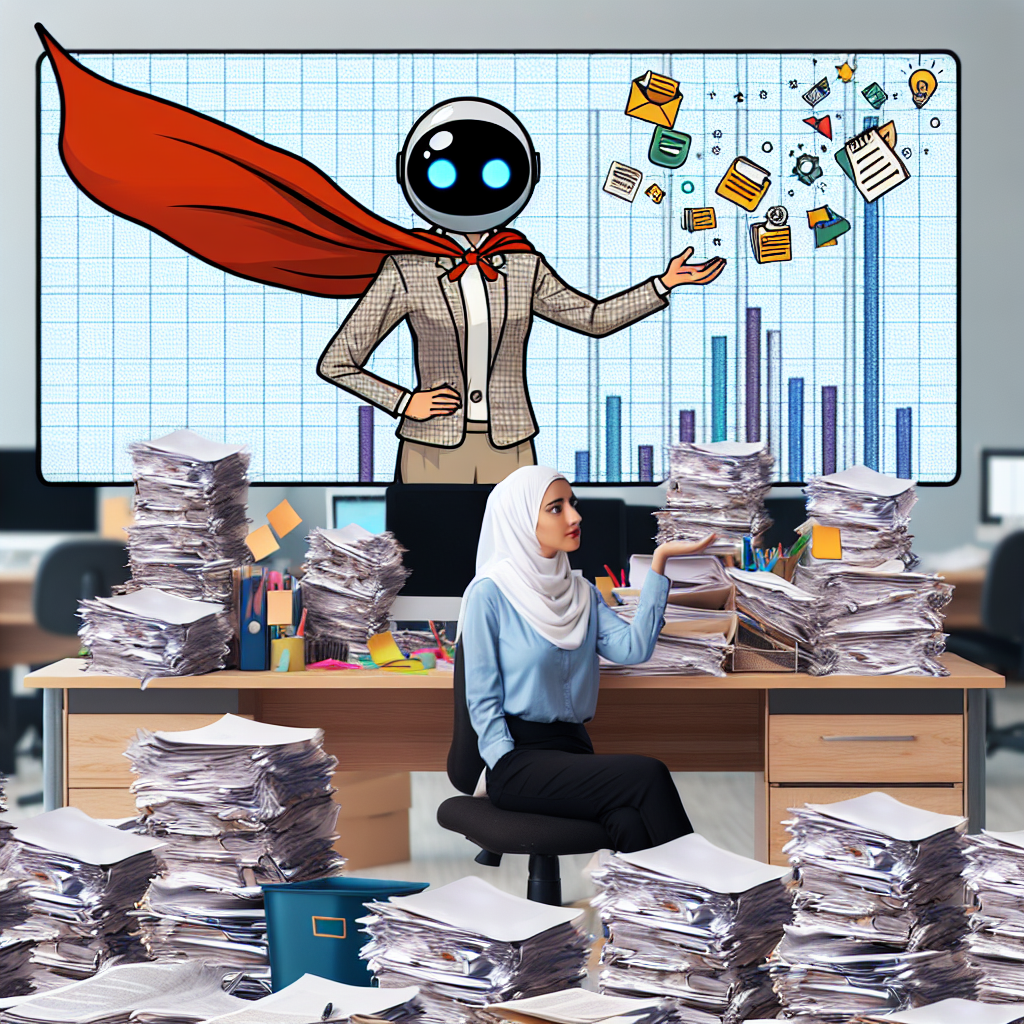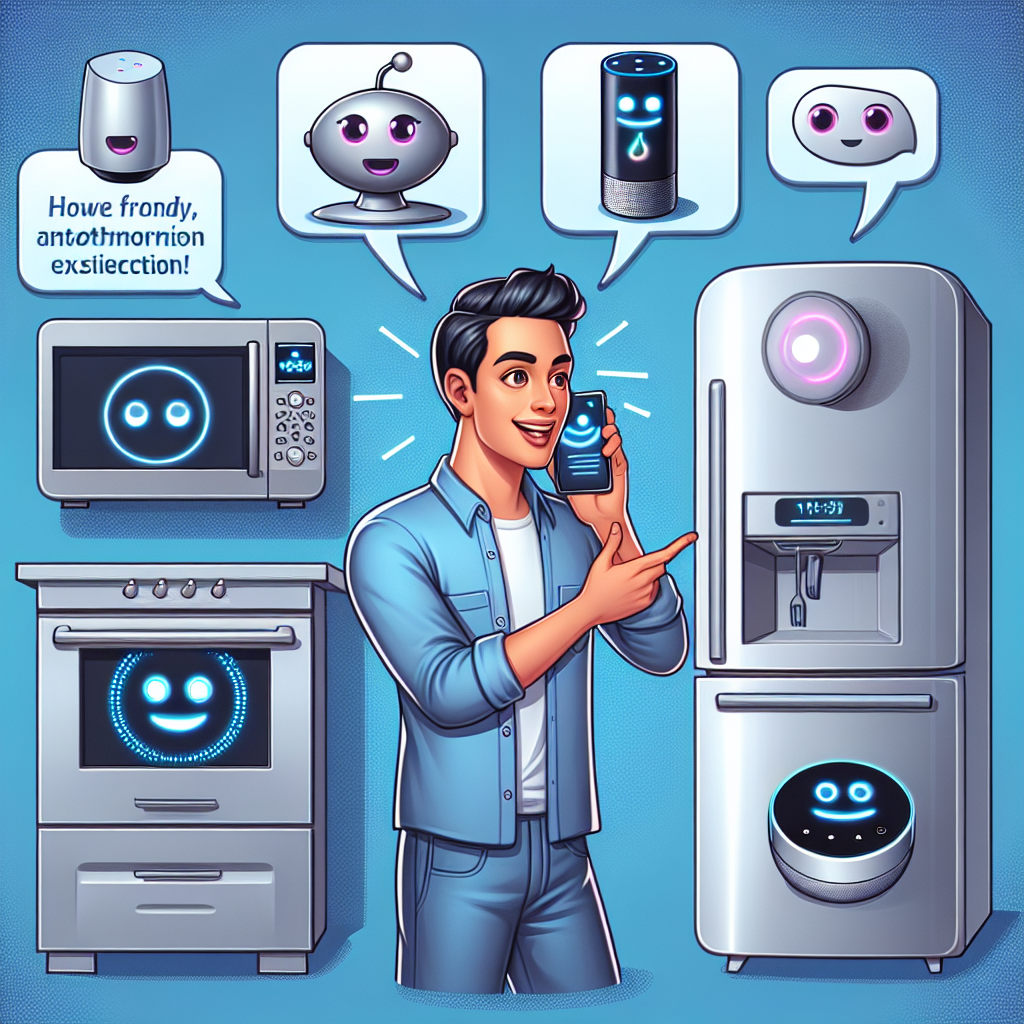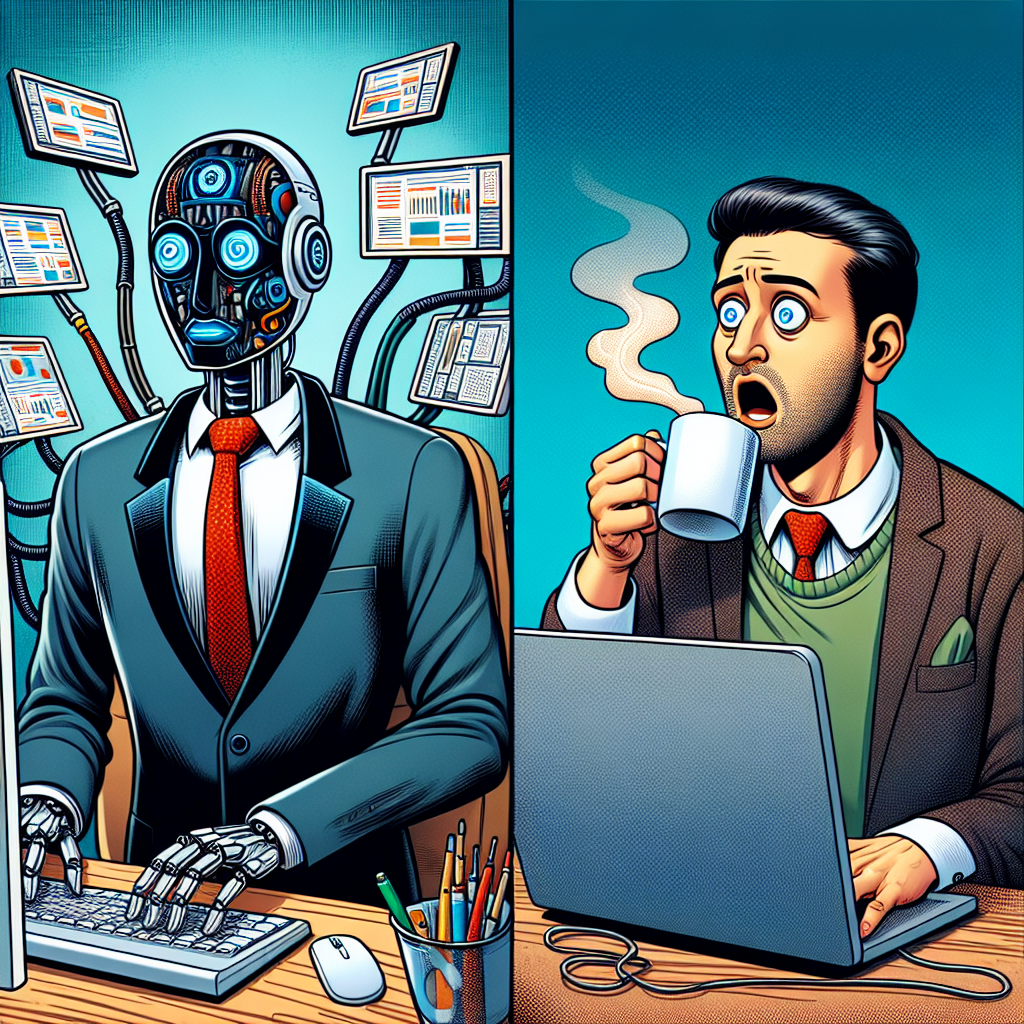Discover how AI SaaS Creation Platforms are revolutionizing business by combining human creativity with machine intelligence, creating opportunities for innovators of all technical backgrounds.
In today’s rapidly evolving digital landscape, a revolutionary concept is reshaping how we work and innovate: collaborative intelligence. This powerful synergy between human creativity and machine efficiency isn’t just changing business operations—it’s completely transforming them. At the heart of this transformation are AI SaaS Creation Platforms, where the unique strengths of humans and artificial intelligence converge to create something greater than the sum of their parts.
Imagine having the boundless creativity of human thinking paired with the lightning-fast processing power of AI. That’s exactly what’s happening in cutting-edge business environments across the globe. Companies are no longer choosing between human talent or technological solutions—they’re embracing both in a harmonious partnership that amplifies their capabilities.
The Democratization of Technology Through Low-Code Platforms
Low-code platforms are changing who can create sophisticated software solutions, bringing technology development within reach of non-technical users.
One of the most exciting aspects of AI SaaS Creation Platforms is their ability to level the playing field. Traditional software development required extensive coding knowledge, substantial financial investment, and significant time commitments. Now, low-code and no-code platforms are democratizing technology in unprecedented ways.
For individual entrepreneurs working solo, these platforms are game-changers. A wedding photographer can now build a sophisticated AI assistant to handle client inquiries and booking logistics without hiring a developer. A freelance writer can create a personalized content generation tool tailored to their unique style and clientele. The barriers to entry have crumbled, allowing entrepreneurs to compete with larger organizations on technological grounds.
Small businesses and startups benefit enormously from these user-friendly AI tools as well. With limited resources and fierce competition, these organizations can now deploy custom AI applications that previously would have required dedicated development teams and substantial budgets. A boutique marketing agency with five employees can now offer AI-powered customer insights that rival those of industry giants.
As Sarah Chen, founder of a digital marketing startup, puts it: “The low-code AI platform we use has completely transformed our business. We’ve built custom analytics tools that give us capabilities we could only dream of affording before. Our small team now delivers results that match what larger agencies offer.“
For developers and technical professionals, these platforms aren’t threats—they’re accelerators. They handle routine coding tasks, allowing developers to focus on more complex problems and innovative solutions. By streamlining development processes, they enable faster iteration and deployment, keeping pace with today’s rapid business environment.
Research from Gartner predicts that by 2025, 70% of new applications will be developed using low-code or no-code platforms, nearly tripling the rate from 2020. This shift isn’t just about convenience—it’s about creating a more inclusive tech ecosystem where great ideas can flourish regardless of technical background.
Customizable AI Digital Workers: Transforming Workflows
AI digital workers are redefining productivity across industries, handling routine tasks with precision while allowing humans to focus on high-value work.
Perhaps the most tangible impact of AI SaaS platforms comes in the form of customizable AI digital workers. These intelligent agents are revolutionizing workflow automation across industries, handling repetitive tasks with precision and freeing human workers to focus on creative and strategic initiatives.
Consider the accounting firm that deployed AI digital workers to handle data entry, reconciliation, and preliminary audit procedures. The result? Their accountants now spend 60% less time on administrative tasks and can dedicate more energy to complex tax planning and client relationships. Client satisfaction has increased, and employee burnout has decreased significantly.
In healthcare, customizable AI digital workers are streamlining patient intake, insurance verification, and appointment scheduling. One community health center reported reducing administrative processing time by 75% after implementing these tools, allowing their staff to focus more on patient care rather than paperwork.
The beauty of these digital workers lies in their adaptability. Unlike rigid automation tools of the past, today’s AI digital workers can be customized to align with specific business processes and industry requirements. A legal firm’s document processing workflow will look very different from a retail operation’s inventory management system, and modern AI platforms accommodate these differences elegantly.
Workflow automation powered by AI doesn’t just increase efficiency—it often leads to innovative solutions that wouldn’t have emerged otherwise. When teams are freed from mundane tasks, they have space to think creatively and strategically. Many organizations report that after implementing AI digital workers, they discovered entirely new service offerings or business models that were previously unimaginable.
The Market Dynamics of Personal Use AI Products
Personal AI applications are creating new economic opportunities and fostering innovation from diverse creators worldwide.
Beyond enterprise applications, the rise of personal use AI products has created exciting new market dynamics. Individuals are now creating, sharing, and monetizing their AI applications in ways that foster continuous innovation and collaboration.
Platforms like Zygote.AI are pioneering an open market philosophy that encourages users to build and distribute their AI creations. This approach recognizes that the most useful applications often come from people closest to specific problems. A teacher might develop an AI grading assistant that understands nuanced educational objectives better than any general-purpose tool. A chef could create a recipe generation application that incorporates authentic cultural cooking techniques missing from mainstream platforms.
“What we’re seeing is the democratization of AI product development,” explains tech analyst Miguel Rodriguez. “People are building highly specialized tools that solve niche problems, then sharing or selling them to others with similar needs. It’s creating a vibrant ecosystem of innovation that big tech companies could never replicate on their own.”
This market for sharing and selling AI products creates multiple benefits. Creators gain additional income streams and recognition. Users access precisely targeted solutions for their specific challenges. And the overall ecosystem grows richer with diverse perspectives and approaches to problem-solving.
The financial opportunities are substantial. Some independent developers report earning five-figure monthly incomes from their AI creations on open marketplaces. More importantly, these platforms create space for innovation from historically underrepresented groups in technology, bringing fresh viewpoints to the AI landscape.
The Future of Collaborative Intelligence
The future of work lies in strategic partnerships between human creativity and AI capabilities, creating unprecedented possibilities.
As we look ahead, the potential of collaborative intelligence across different sectors appears boundless. Advancements in AI agent technology are consistently pushing the boundaries of what’s possible, creating unprecedented opportunities for human-machine partnerships.
In education, AI agents are becoming sophisticated learning companions that adapt to individual student needs while providing teachers with insights to improve their instructional approaches. In manufacturing, collaborative robots work alongside human craftspeople, handling precise repetitive tasks while humans apply judgment and creativity to finish products. In research and development, AI systems analyze vast datasets to identify promising directions while human scientists bring intuition and creative thinking to experimental design.
The key to these successful collaborations is striking the right balance between automation and human input. As one executive from a major pharmaceutical company noted, “Our most successful AI implementations aren’t the ones that replace humans—they’re the ones that make our researchers better at what they do.“
This balanced approach to intelligent collaboration promotes smarter decision-making by combining AI’s data processing capabilities with human judgment and ethical considerations. It creates operational efficiencies without sacrificing the human elements that customers value. And it opens doors to innovation by allowing people to focus on what they do best—imagining new possibilities.
Embracing the Collaborative Future with Zygote.AI
Platforms like Zygote.AI are making the vision of accessible AI creation a reality for entrepreneurs, small teams, and developers alike.
The vision of creating a world where everyone can tap into AI’s transformative power isn’t just an aspiration—it’s becoming reality through platforms like Zygote.AI. By offering a user-friendly low-code platform for AI SaaS creation, Zygote.AI is empowering individuals and teams to bring their ideas to life without extensive technical expertise.
Whether you’re an individual entrepreneur looking to automate parts of your business, a small team seeking to compete with larger organizations, or a developer wanting to create AI solutions more efficiently, these platforms offer unprecedented opportunities for growth and innovation.
The philosophy behind Zygote.AI encapsulates where the industry is heading: making AI creation accessible to all, fostering an open marketplace for sharing and selling AI products, and constantly pushing toward fully automated workflows that require minimal human intervention.
Some of these fully automated workflows already exist. Content creation pipelines can now autonomously select topics, write articles, generate illustrations, perform quality reviews, and publish promotional content—all without human intervention. Such capabilities were science fiction just a few years ago; today, they’re operational realities.
As we move forward, the question isn’t whether to embrace collaborative intelligence but how to do so most effectively. The organizations and individuals who thrive will be those who recognize that human creativity and machine efficiency aren’t competing forces—they’re complementary strengths that, when combined thoughtfully, create unlimited possibilities.
The future belongs to those who can harness both human ingenuity and AI capabilities through accessible, powerful creation platforms. It’s a future where technology democratizes opportunity, where good ideas can come from anywhere, and where the next breakthrough application might come from a student, a small business owner, or an independent developer with a vision for something better.
The AI SaaS Creation Platform revolution isn’t just changing how we build technology—it’s changing who can build it. And that might be its most transformative aspect of all.









